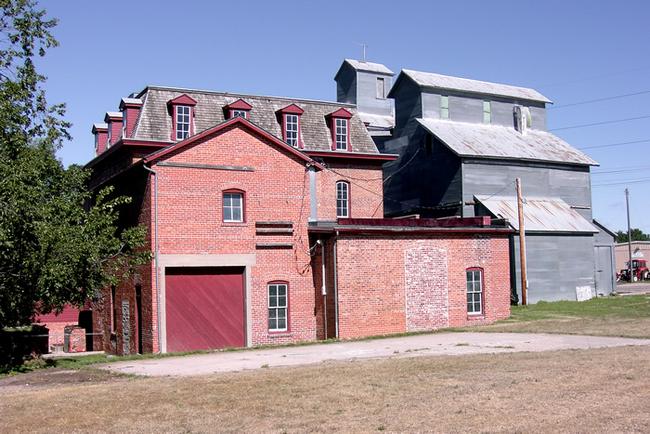
Neligh Mills
Antelope Co. | Nebraska | USA
Watersource: Elkhorn River.
Neligh Mills
Approaching Neligh from the south on US 275/L Street, turn left on 3rd St., go two blocks, turn left on N Street. The mill is one block south at N & 2nd Sts.

John D. Neligh, the towns founder, began the construction of his mill, the first business, in 1873 using locally fired brick. The construction was finished in September 1874, when grinding commenced at the mill,overseen by his successor, William C. Galloway.
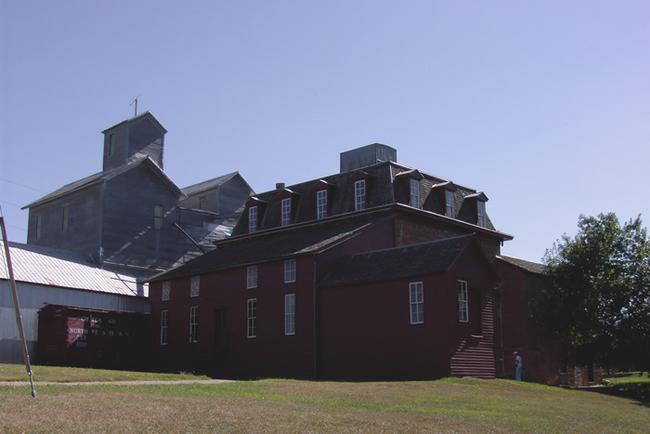
Galloway, in company with William B. Lambert, a Pennsylvania native, bought many of John Neligh's holdings in the town in 1874, which included his saw mill and unfinished grist mill.
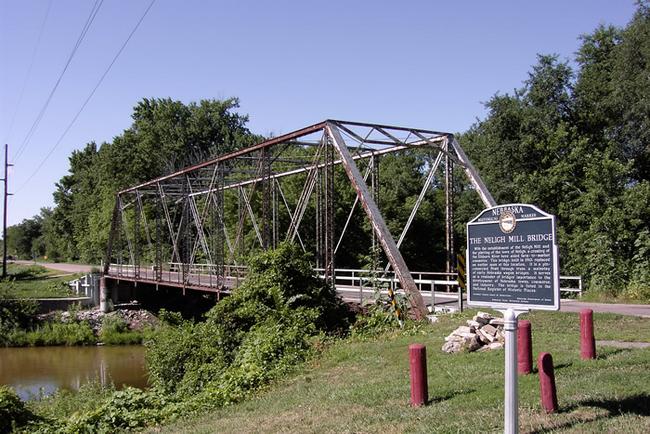
The first bridge to be built over the Elkhorn River. Calloway reinforced the wooden dam on the Elkhorn, reconstructed the wooden flume, and placed a turbine in a pit at the end of the flume. He began grinding grain using two set of stones. Two more sets of stone were added in 1878 & in 1886, Calloway converted the mill to the new roller system, installing seven stands of Allis Roller Mills. The roller mill enabled the mill to produce 140 barrels of flour a day, giving rise to new contracts with the War Department and the Indian Bureau, besides shipping quantities abroad to England.
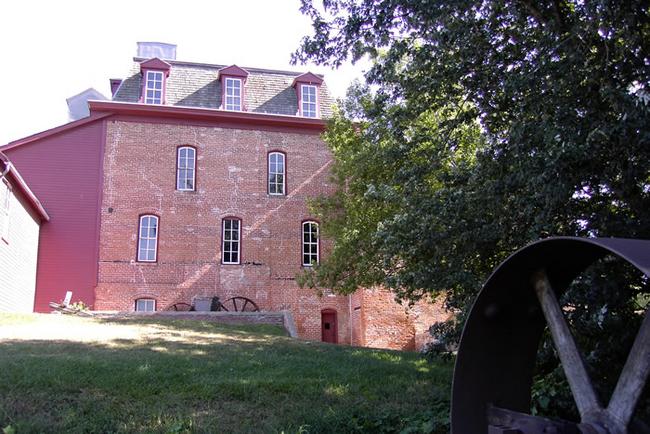
The turbine was connected to apparatus directly behind the mill, about 75-100 yds. away by a cable to operate the grinding process in the mill. Galloway's successor, S.F. Gilman replaced the drive cable with one foot wide leather belt, whereby increasing horsepower and production. A frame & steel sided warehouse was built to handle the extra product from the mill.
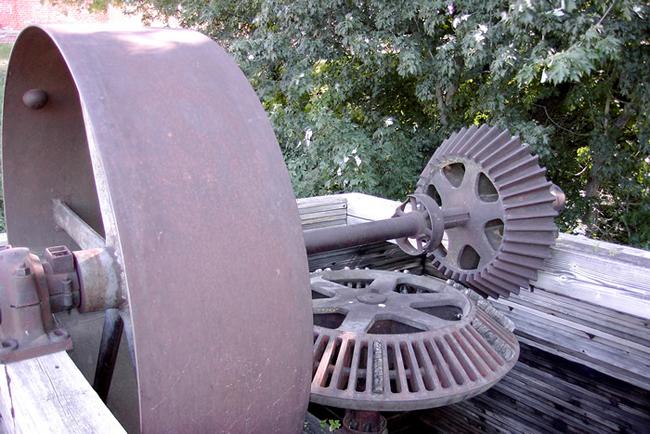
The gearing above the turbine pit after the control gates on the flume. Flours produced at Neligh Mills were Neligh Patent Flour and So-Lite Flour. Later feeds were produced for livestock under the Cresent Feeds label.
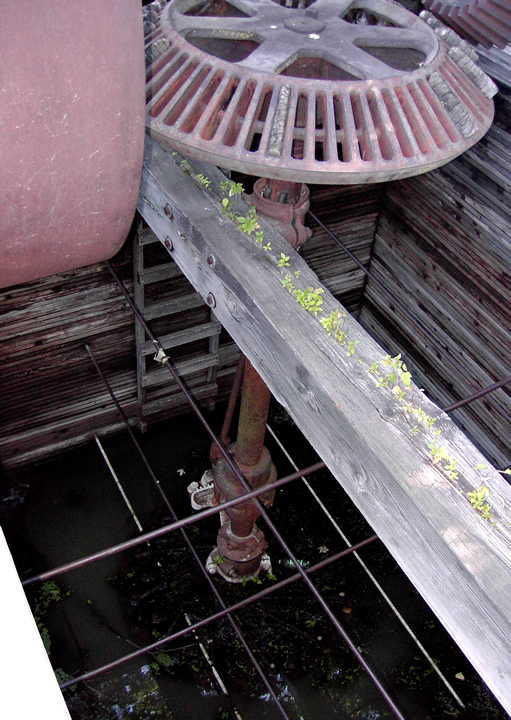
The turbine pit with the turbine shaft connected to the gearing. Gilman also improved the dam, created a spillway to handle high water diversion, and by 1900, the mill was providing electrical power for the community.
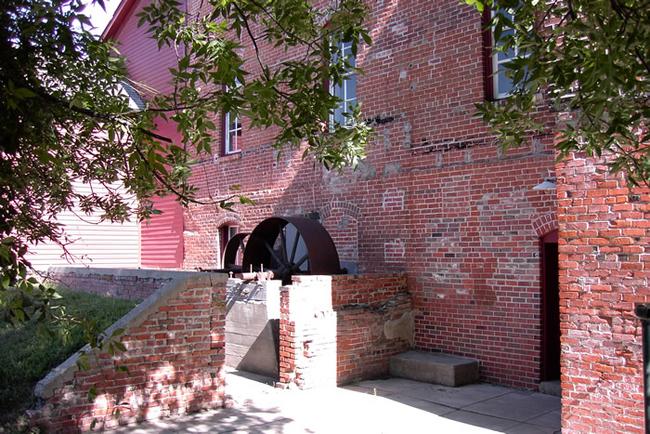
The gearing behind the mill. By 1915, the electrical needs of Neligh had expanded, requiring the addition of a 225 hp diesel engine to keep up with electrical demands. The mill produced electricity for Neligh through 1925. In 1920, then owner and operator since Gilman's death in 1915, Joseph W. Spirk, converted the mill to elecrical power for operations since a flood had taken out the dam.
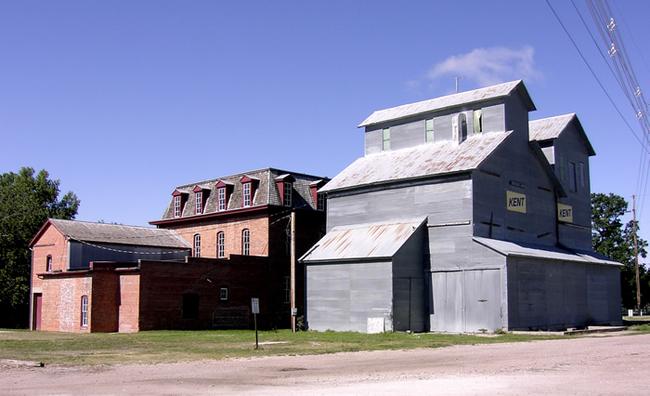
Many Nebrraka mills folded during the Depression of the late 1920'-Early 1930's, but Neligh continued to produce, even recording an upsurge during World War II. Flour manufacturing ceased in 1959; although, animal feeds were still produced for about another decade. Today, the mill is an historic site administered by the Nebraska State Historical Society.